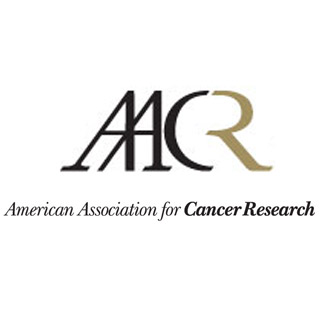
A pistachio-rich diet experts suggest could help decrease the risk of not only lung cancer but other cancers as well. Consumption of pistachios was found to augment the serum levels of gamma-tocopherol. By generating a cholesterol-lowering effect, pistachios are considered to offer heart-healthy benefits. They are claimed to deliver the antioxidants typically found in food products of plant origin.
“It is known that vitamin E provides a degree of protection against certain forms of cancer. Higher intakes of gamma-tocopherol, which is a form of vitamin E, may reduce the risk of lung cancer. Pistachios are a good source of gamma-tocopherol. Eating them increases intake of gamma-tocopherol so pistachios may help to decrease lung cancer risk,” mentioned Ladia M. Hernandez, M.S., R.D., L.D., senior research dietitian in the Department of Epidemiology at the University of Texas M. D. Anderson Cancer Center, and doctoral candidate at Texas Woman’s University – Houston Center.
A six-week, controlled clinical trial was carried out by Hernandez and colleagues to analyze the effects of eating pistachios. They intended to evaluate if consumption of pistachios would increase dietary intake and serum levels of gamma-tocopherol. According to the experts, a pistachio-rich diet could potentially help reduce the risk of other cancers from developing as well.
“Because epidemiologic studies suggest gamma-tocopherol is protective against prostate cancer, pistachio intake may help,” Hernandez remarked. “Other food sources that are a rich source of gamma-tocopherol include nuts such as peanuts, pecans, walnuts, soybean and corn oils.”
As part of the novel study 36 healthy participants were examined at Texas Woman’s University – Houston Center. They were randomized into either a control group or the intervention group consisting of a pistachio diet. 18 participants formed the control group while 18 were in the intervention group. With a two-week baseline period, the analysis was followed by a four-week intervention period. The control group continued with their normal diet and the intervention group received 68 grams that’s about 2 ounces of pistachios per day.
Following this, the experts investigated the effect on the intake and serum cholesterol-adjusted gamma-tocopherol. Equipped with the Nutrition Data System for Research Version 2007, the authors calculated the intake. They also monitored consumption using diet diaries and by measuring the weights of the returned pistachios.
On delving further Hernandez and colleagues discovered that at weeks three and four there was a significant increase in energy-adjusted dietary intake of gamma-tocopherol for those on the pistachio diet as against those on the control diet. An identical effect was observed at weeks five and six among those on the pistachio diet in comparison to the control group. At the end of the intervention period compared to the baseline, those on the pistachio diet showed significantly higher cholesterol-adjusted serum gamma-tocopherol.
The data was presented at the American Association for Cancer Research Frontiers in Cancer Prevention Research Conference.
